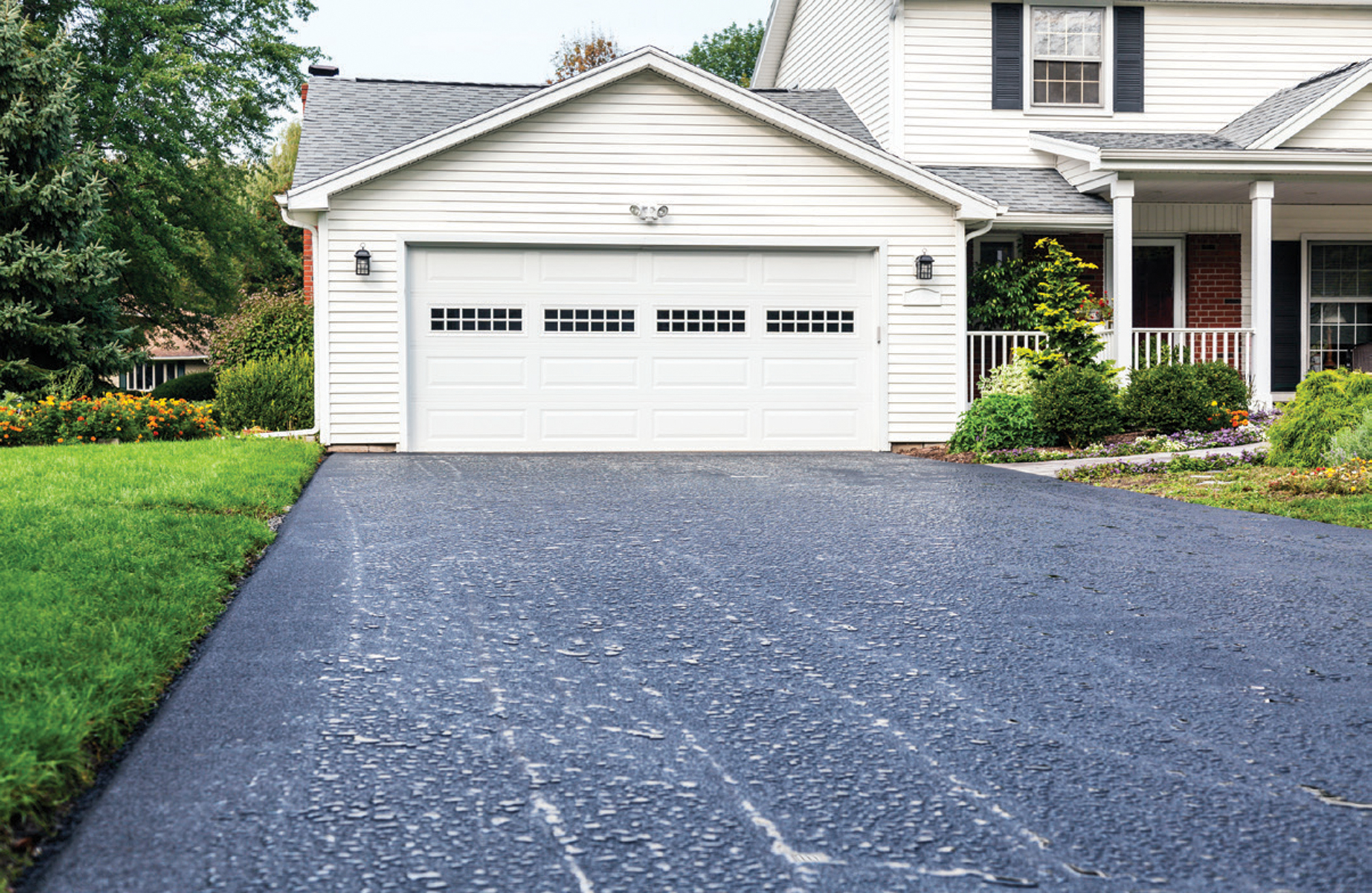Cold Mix Asphalt Vs. Hot Mix Asphalt: Which Is Right for You?

Structure Distinctions
Cold mix asphalt is produced by emulsifying the asphalt binder with water and an emulsifying agent before blending it with aggregate. The hot mix asphalt production process includes heating up the aggregate and asphalt binder individually before incorporating them at the asphalt plant.
Moreover, cool mix asphalt tends to be much less dense and extra adaptable than warm mix asphalt. This adaptability makes it better fit for locations with greater levels of movement, such as driveways or roads with hefty website traffic. In comparison, hot mix asphalt is understood for its high longevity and resistance to rutting and splitting, making it a recommended selection for freeways and high-traffic roads where long life is vital.
Installment Process Variances
The process of mounting cold mix and hot mix asphalt exhibits significant variances in their treatments and needs. In comparison, warm mix asphalt necessitates a much more elaborate installment process. Due to the heating demands, warm mix asphalt installations are normally carried out by professionals with specific tools, guaranteeing an extra permanent and structurally sound result.
Toughness and Long Life Factors
When thinking about asphalt options, toughness and long life are critical variables to examine for long lasting pavement performance. Warm mix asphalt (HMA) is understood for its outstanding longevity and long life.
In regards to durability, HMA typically outmatches CMA because of its superior toughness and resistance residential or commercial properties. HMA sidewalks have a longer service life, calling for much less regular repairs and maintenance, which can equate to cost financial savings in the long run. Furthermore, HMA pavements are extra quickly customizable to meet details job requirements, additionally enhancing their longevity.
Price Considerations
Considering the monetary effects is a vital element when examining the option between hot mix asphalt (HMA) and cold mix asphalt (CMA) for sidewalk jobs. While the preliminary price of warm mix asphalt is typically higher than that of chilly mix asphalt, HMA frequently offers an extra affordable remedy in the lengthy run due to its premium sturdiness and durability.
Along with product expenses, it's vital to take into consideration the expenses related to installment and upkeep when contrasting HMA and CMA. HMA normally needs specialized devices and competent labor for correct setup, which can impact overall job expenses. Conversely, CMA is easier to deal with and can commonly be used utilizing simpler strategies, potentially lowering installment expenditures. Eventually, the choice in between HMA and CMA should take into consideration not simply the preliminary expense but also the lasting financial effects to establish one of the most cost-effective choice for the specific sidewalk task.
Environmental Effect Contrast
Comparison of the ecological impacts between hot mix asphalt (HMA) and cold mix asphalt (CMA) reveals unique distinctions in sustainability techniques. HMA manufacturing calls for high temperatures, leading to boosted power consumption and greenhouse gas discharges.
In addition, using CMA commonly includes recycling existing asphalt pavement, advertising source preservation and lowering the quantity of waste sent to land fills. This reusing aspect even more boosts the sustainability of CMA compared to HMA. In general, when thinking about the environmental influence, CMA arises as a more environmentally lasting option because of its lower energy requirements, lowered exhausts, and the capacity for recycling existing materials. By going with CMA over HMA, roadway building navigate to these guys and construction jobs can contribute positively to environmental preservation initiatives.
Final Thought
Finally, the option in between chilly mix asphalt (CMA) and warm mix asphalt (HMA) relies on various aspects such as composition, setup procedure, durability, durability, price, and environmental impact. angle parking. While CMA supplies a cost-effective and browse this site fast option for small repairs, HMA guarantees premium longevity and durability for hefty traffic areas. Consider these aspects carefully to figure out which kind of asphalt is the appropriate selection for your paving requires

Thinking about the economic implications is a crucial element when reviewing the choice in between hot mix asphalt (HMA) and chilly mix asphalt (CMA) for pavement tasks. While the first cost of warm mix asphalt is typically higher than that of cool mix asphalt, HMA typically provides an extra cost-effective service in the lengthy run due to its premium sturdiness and durability. cold mix asphalt.Comparison of the environmental influences in between hot mix asphalt (HMA) and cool mix asphalt (CMA) reveals distinct differences in sustainability practices.In final thought, the selection between chilly mix asphalt (CMA) and Recommended Reading warm mix asphalt (HMA) depends on numerous variables such as composition, installation procedure, sturdiness, long life, price, and ecological effect